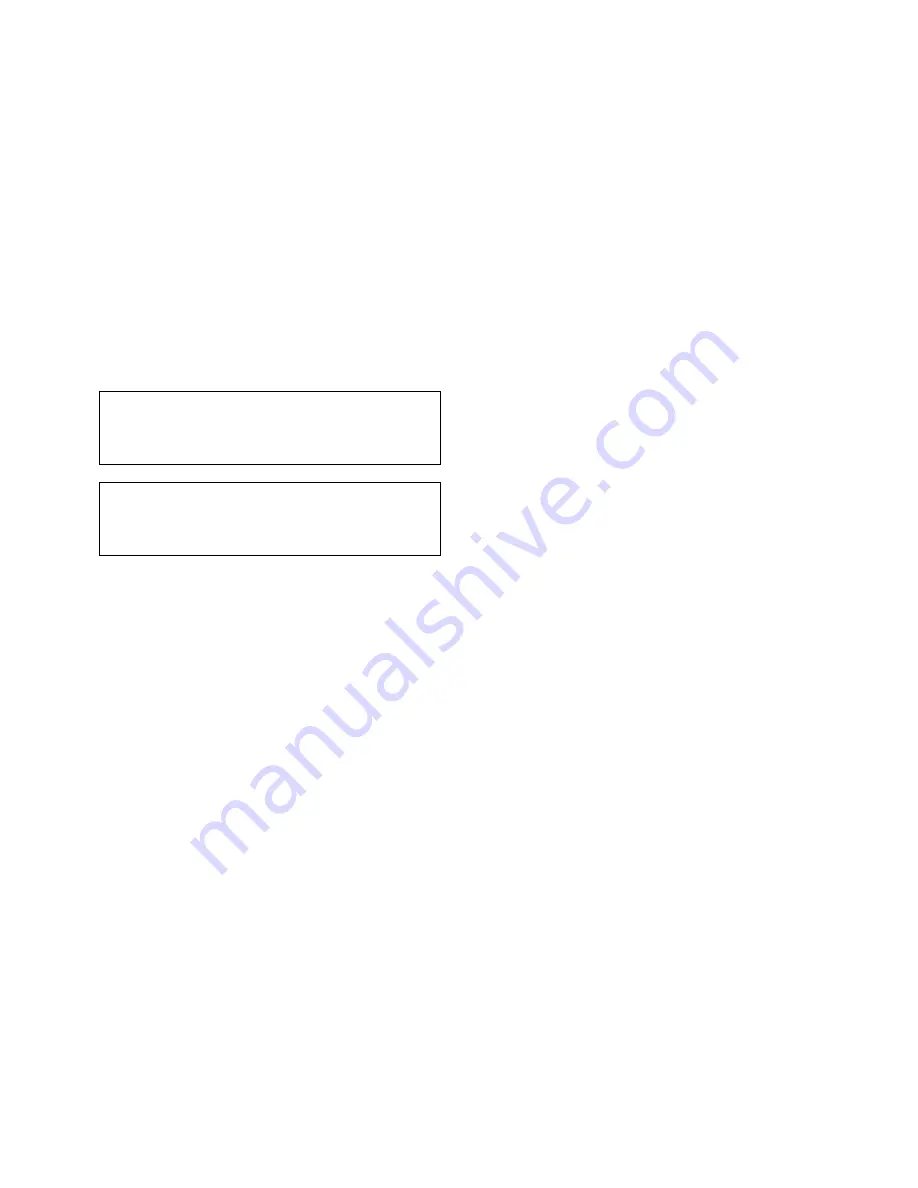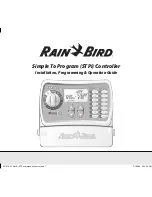
2
INSTALLATION, OPERATION and
MAINTENANCE
2
”x1”, 2” & 3”x 2” Figure 939 Air & Vacuum Valves
INTRODUCTION
This manual will provide the information to
properly install, operate and maintain the valve
to ensure a long service life. The Air Release
Valve is ruggedly constructed to provide years of
trouble-free
operation
with
minimal
maintenance.
CAUTION
The valve is NOT recommended for use with
toxic fluids, fuels or fluids containing hazardous
gases
CAUTION
The valve will not function if used at a pressure
higher than the maximum working pressure
indicated on the nameplate.
The Shop Order (SO) Number, Figure Number,
size and pressure rating are stamped on a
nameplate attached to the valve. Please refer to
the SO number when ordering parts.
DESCRIPTION OF OPERATION
The Figure 939 Short Body Air & Vacuum Valve
vents air and sewage gas as the system is being
filled with fluid. When the system is full, fluid
rises in the valve and lifts the float to close the
valve. The valve remains closed until the
system is drained or a negative pressure occurs
within the valve/system. At that time the Figure
935 automatically opens to admit air to alleviate
the vacuum. Figure 939 Air & Vacuum valves
are usually installed at high points in the system
where air rises as during filling and vacuum first
forms during draining. Its short body facilitates
installation when there is
“shallow cover.”
RECEIVING AND STORAGE
Inspect the valve upon receipt for damage
during shipment. Carefully unload all valves to
the ground without dropping.
The valves should remain in a clean, dry and
weather protected area until installed. For long
term storage (greater than 6 months) the rubber
surfaces of the seat should be coated with a
non-toxic lubricant such as "SuperLube" made
by Synco Chemical. Do not expose the rubber
parts to sunlight or ozone.
INSTALLATION
The Figure 939 is standard with
2” or 3” NPT
screwed pipeline connections. A flanged pipeline
connection is provided on special order.
Consult the drawings of record to verify the
configuration supplied and installed.
The valve must be installed in an upright vertical
orientation, normally at a high point in the
system.
If installed outdoors, below ground in a vault or
in an unheated area, adequate freeze protection
must be provided.
An isolating valve should be installed between
the valve and the pipeline or system to facilitate
maintenance
(included
with
backflushing
attachments).
Carefully screw threaded end valves onto pipe
nipple using compatible thread sealant. Tighten
valve using wrench flats. DO NOT OVER-
TIGHTEN.
Flat-faced flanged valves should be mated with
flat-faced flanges and full-face gaskets. If ring
gaskets are used the bolt material shall be
ASTM A307 Grade B (or equivalent). Higher
strength bolting should only be used with full-
face gaskets.
Lower heavy valves over the mating flange
using slings or chains around the valve body.
Lubricate the bolts or studs and insert around
flange. Lightly tighten bolts until gaps are
eliminated. Torque bolts in an alternating
pattern in graduated steps. If leakage occurs
wait 24 hours and re-torque the bolts but do not
compress the gasket more than 50% or exceed
bolt maximum torque rating.
























